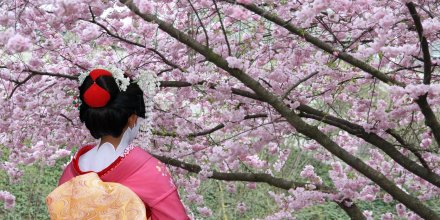A sandstorm has struck Japan, reducing visibility and causing concern among residents during the peak of the cherry blossom season. According to forecasts, this phenomenon will persist until March 26, affecting major cities from Tokyo to Fukuoka.
According to TBS News, in some regions of the country, visibility has decreased to less than 5 kilometers, creating risks for transportation. In Tohoku, significant reductions have already been recorded: in Yamagata and Sendai, visibility is 8 kilometers, while in Fukushima, it is 6 kilometers.
Health risks and doctor's recommendations
Yellow sand poses a particular danger to people with respiratory conditions. The Japan Meteorological Agency has urged residents of Fukuoka to wear masks, rinse their eyes, and gargle after going outside. It is also recommended to:
Dry laundry indoors
Minimize opening windows
Refrain from washing cars to avoid the settling of sand
Photo: Depositphotos
Road hazards and dirty rains
In addition to health risks, visibility issues have raised concerns about road safety. The avalanche-like spread of the sandstorm has affected much of Japan, including Tohoku and Kyushu.
Experts also warn of the likelihood of dirty rains, which could complicate daily life for residents.
An unusual combination of seasons
The yellow sand coincided with the peak of spring cherry blossom season, creating a contrast between natural beauty and weather issues.
In Hyogo and Kobe, high concentrations of sand have been recorded for the first time this year, and visibility has also worsened in Himeji.
Additionally, pollen allergies may intensify as sand particles trap allergens, worsening symptoms.
Japan is facing a dual phenomenon: on one hand, the cherry blossom season, and on the other, environmental issues. Residents are advised to exercise caution to minimize the impact of yellow sand and protect their health during this season.
Цветение Сакуры в Японии. pic.twitter.com/1wJLyH8w3M
— Андрей Рудин (@ARDNorm) March 5, 2025


